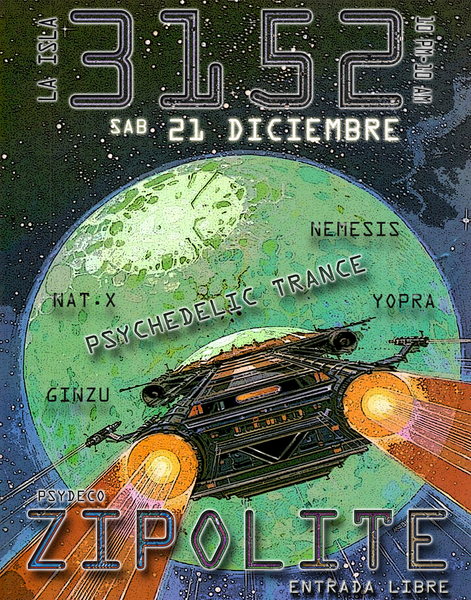Winter solstice 2013: Were you really waiting until now for winter?
Winter solstice 2013: The sun is lowest, the night is longest, the (Northern Hemisphere) winter solstice is here, and so is winter. Unless, of course, you take your cues from the weather, and you're three weeks in already.
CHICAGO — Winter begins Saturday with the winter solstice. Or does it?
It depends on whom you ask.
Meteorological and astronomical winter seasons run along different time schedules. The former pegs winter as having been already under way; it started Dec. 1 and will run through Feb. 28. The latter defines winter as starting with the winter solstice, Saturday, Dec. 21 this year, and continuing through the vernal equinox on March 20.
RECOMMENDED: Are you scientifically literate? Take our quiz
The difference is temperature: Meteorological winter is defined as the three coldest months of the year, December through February, during which theNational Weather Service does its official winter record-keeping. However, astronomical winter is more generally accepted by the public and is based on the position of the Earth in its orbit around the sun.
Astronomical winter watchers will note that the US will receive just 9 hours, 32 minutes of daylight Saturday, which occurs at 12:11 p.m. EST. The solstice, which this year occurs at 12:11 p.m. EST on Dec. 21, is not a fixed date; in 2015, it will take place Dec. 22.
Those in the north made weary by a succession of cold, dark days have reason for hope: The days will appear longer each day through June 20, the summer solstice, as the midday sun creeps higher above the horizon each day.
The solstice is derived from the Latin words “sol” (sun) and “sisto” (stop). With the approach of the winter solstice, the sun’s highest point in the sky every day sinks lower and lower toward the southern horizon. On Saturday the sun’s retreat halts, after which it will appear to start moving northward. The reverse will take place on June 21, when the day will be longest.
Another difference between both categories for winter is that the winter solstice is not necessarily the coldest day of the year, nor does it even fall in the coldest month of the season. According to the National Weather Service, there is a delay between the shortest day and the coldest average temperatures, especially for most of the mid- and high-latitude locations.
While most winter watchers may cheer for the longer days, no place will celebrate more than Stonehenge in England, which hosts an annual celebration of the date. Many believe the Neolithic monuments were built as an astronomical observatory used to track the sun’s movement.
This week, a $44 million visitor center opened its doors to provide visitors a virtual “Stonehenge experience” before entering the monument area, a UNESCO World Heritage site, by foot or via shuttle.
Of course, it’s notable that not every part of the globe will experience a shortened day Saturday. While the Northern Hemisphere will see the sun rise and fall in about 9 hours, the South Pole will receive more sunlight than any other location on Earth. There, temperatures are frigid, however: about -10 degrees Fahrenheit, according to the National Weather Service.












